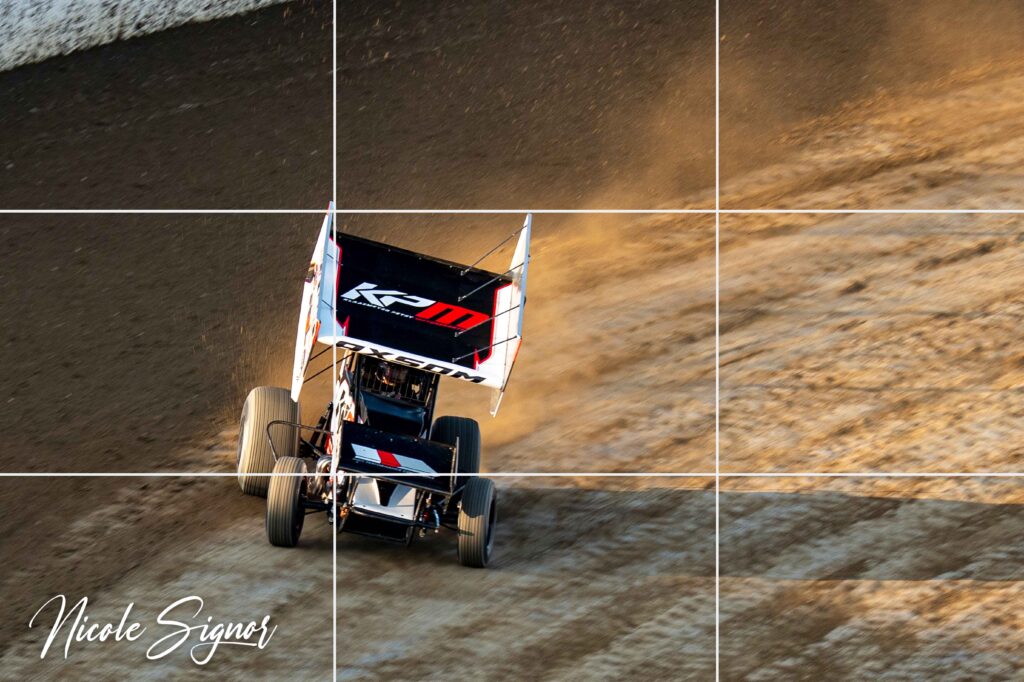Mastering the Rule of Thirds: Why This Simple Photography Guideline Creates More Appealing Photos
When it comes to creating photographs that instantly draw in the viewer, composition is everything. One of the most powerful and widely used composition techniques in photography is the Rule of Thirds. Whether you’re a beginner picking up your first camera or an experienced photographer fine-tuning your craft, understanding and applying this guideline can transform your images from flat and unbalanced to visually striking and professional-looking.
What is the Rule of Thirds?
The Rule of Thirds is a guideline that divides your frame into a grid of nine equal parts using two horizontal lines and two vertical lines. This creates four points of intersection where the eye naturally gravitates. Instead of placing your subject dead center, the rule encourages you to position the most important elements of your photo along these lines or at their intersections.
For example:
In a portrait, placing your subject’s eyes along the top horizontal line creates a natural focal point.
In a landscape, aligning the horizon with either the top or bottom third of the frame adds balance and depth.
Why the Rule of Thirds is Appealing?
Human eyes are naturally drawn to balance, but not necessarily to perfect symmetry. A centered subject often feels static or predictable, while offsetting it slightly creates movement and visual interest. The Rule of Thirds adds:
Balance: It distributes visual weight more evenly across the frame.
Depth: It creates a sense of space and story, leading the viewer’s eyes through the image.
Focus: It emphasizes the subject without overwhelming the background or secondary details.
Appealing vs. Unappealing Examples
Appealing: A photo of a sprint car on on the intersection points will create a more interesting drawing the eye of the viewer.
Not So Appealing: The same sprint car centered in the frame with the horizon splitting the picture in half. This often feels flat and uninspired, offering little direction for the viewer’s eye.

When to Break the Rule?
While the Rule of Thirds is a valuable guideline, great photography also comes from knowing when to bend or break it. Placing a subject directly in the center can create a powerful, dramatic effect—especially in symmetrical architecture or portraits meant to feel confrontational. The key is understanding the rule first, then using it creatively.
Final Thoughts
The Rule of Thirds is more than just a beginner’s tool—it’s a foundation for compelling composition. By using this guideline, you’ll make photos that feel balanced, dynamic, and visually pleasing to the eye. The next time you look through your viewfinder, imagine that grid and ask yourself: Where should my subject fall to make this image truly engaging?
